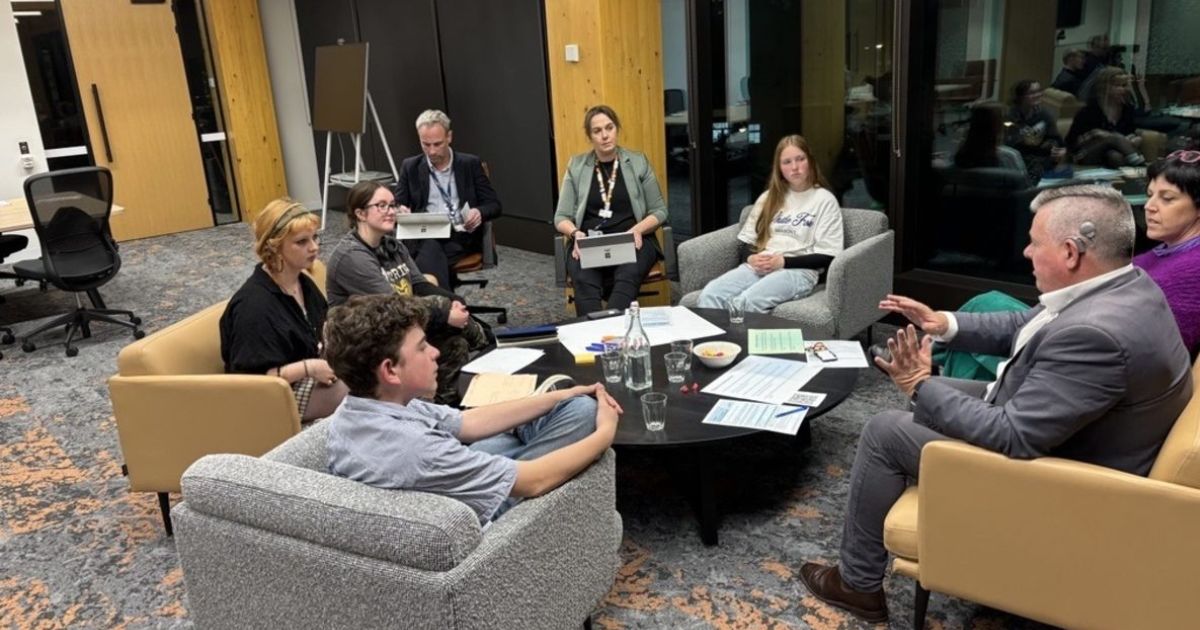MegaRail plan dropped from prospectus
A $15 BILLION bid to build a high speed rail (HSR) service that would cut travel times between Geelong and Melbourne to 17 minutes has failed to make it to the next stage of a federal government prospectus.
However, proponents of the MegaRail consortium that applied to the Faster Rail Prospectus say they are “disappointed but not discouraged and certainly not derailed”.
Late last year, MegaRail announced it had qualified for stage 2 of the prospectus, which is exploring improvements to the rail connections between cities and surrounding regional areas.
On Friday, Minister for Infrastructure and Transport Michael McCormack announced the three projects chosen for stage 3 that will share in up to $20 million in matched funding towards business cases.
MegaRail – a HSR between Geelong and Dandenong – was not among them, but MegaRail secretary Debra Stirling said her consortium had an 80-week program ready to go that would deliver the business case for between $15 million – $20 million.
“The Faster Rail Prospectus was only offering up to 50 per cent of the business case cost and we have been working already on funding the other half. Now we just need to deliver more.”
One of the three chosen projects was Consolidated Land and Rail Australia (CLARA), which will build a HSR service between Melbourne and Shepparton that will cut travel times from three hours to 32 minutes.
Ms Stirling said CLARA was very different to MegaRail as it “claimed not to require government funding and was effectively a real estate play”.
“Our project is premised around establishing HSR in existing cities (Geelong, Werribee, Melbourne and Dandenong) with the benefits going to those existing populations and the region generally.
“It requires a significant government contribution on behalf of taxpayers. But it would mean up to 200,000 people per day would have their commute reduced by circa 75 per cent.”
She said state government support “would greatly assist our case as we go forward”.
“The government has various immediate transport priorities they are working on, but our project is a long-term solution.
“It is a congestion buster – removing the vehicle capacity equivalent of a 12-lane freeway every hour – and is a mode changer for commuters, not a stop gap.”


















